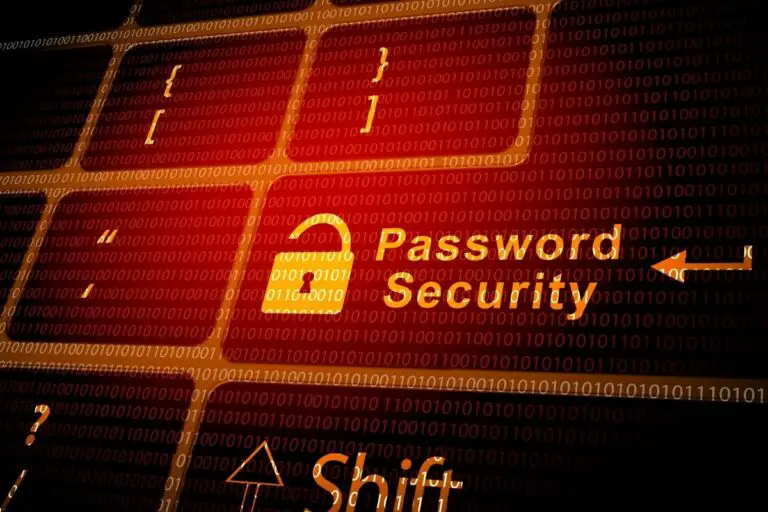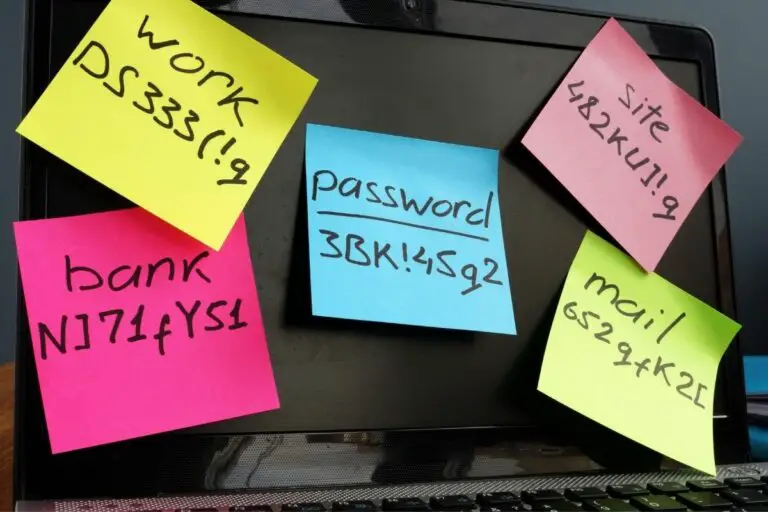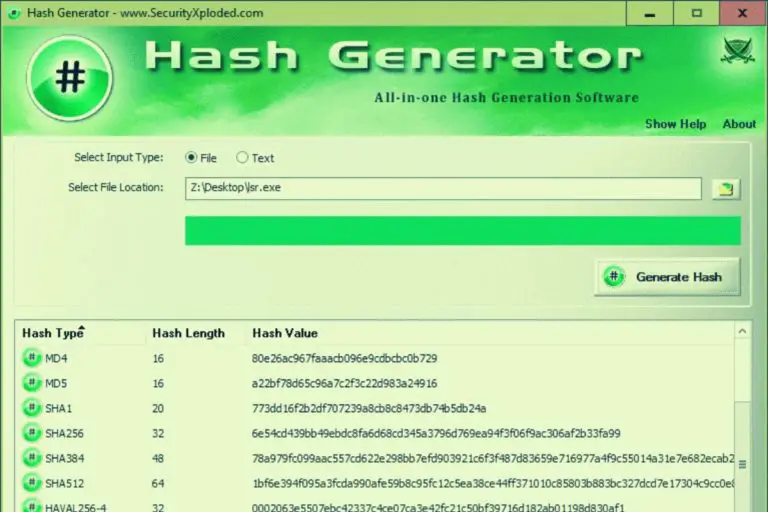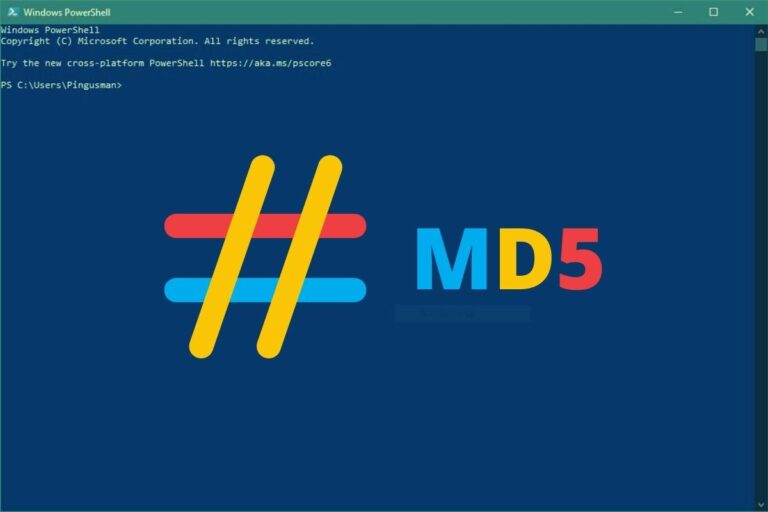What is MD5 Salt and How to Use It?
You probably already know that MD5 hashing is not a secure way to store passwords.
If you know our services, you probably know that we have a giant database with many words, that can be decrypted in a few seconds.
By using salt, you could protect yourself a bit more against this kind of database, but not so much …
What is MD5 Salt and How to Use It?
In cryptography, salt is a random string that you add to an input word, to generate a different hash that with the word alone.
MD5 doesn’t really offer this feature in the cryptographic algorithm, but you can concatenate two strings to get the same result.
In this post I’ll explain to you what is a salt in the MD5 algorithm, how to use it in your code, and why do you need to use it.
Your essential Linux handbook
Want to level up your Linux skills? Here is the perfect solution to become efficient on Linux. 20% off today!
Download now
What is an MD5 salt?
I already gave you the answer in the introduction, but I’ll give you an example in this part.
A database without MD5 salt
Let’s say you want to store user passwords in a database.
As often, you may want to use MD5 to store the password.
Secure your spot in the Accelerator Program, with early access to exclusive resources.
Get 1000+ classes, unlimited mentorship, and more.
Let’s take two users from your database, it will look like this:
| username | password |
|---|---|
| b.king | 5f4dcc3b5aa765d61d8327deb882cf99 |
| m.donald | ab4f63f9ac65152575886860dde480a1 |
This is what the table looks like when you use a MD5 function to store the password.
If you use the MD5 decryption tool on MD5Online, you’ll find in a second what these passwords are.
Adding salt
If you start using salt, you’ll need to concatenate a string to the use password.
To do this, you have two choices.
Use a static salt for any users
Download your exclusive free PDF containing the most useful Linux commands to elevate your skills!
You can choose to add a static salt like “randomstringforsalt” before any password.
So if the m.donald password is “azerty”, you’ll encrypt “randomstringforsaltazerty” instead.
It’s a first step for more security.
It will be as if the m.donald password was strong, while it is the weakest in the world.
And guess what?
At the time I write these lines, the corresponding MD5 is not in the MD5Online database 🙂
Use a dynamic salt
If you always use the same salt, an attacker can find it, and then make his job easier.
If he knows that he needs to add “randomstringforsalt” before each password, your salt is no longer useful.
To avoid him to understand that, you may use dynamic salt.
For example, you can use the account creation date as salt: “azerty20190512”.
Or even better, a MD5 hash of the account creation date, like this: “azertyd003a3d8626f9a78abc9ce900b217819”.
It’s a basic example, you have to find a better salt, that looks like a random value but that you can find easily to generate password hash.
Database with salt
The database with salt looks like the same as previously.
And that’s the strength of that strategy, the attacker will not now directly if you are using salt or not.
So, he will try without, and maybe never find your passwords.
Here is an example with the same password and the static salt:
| username | password |
|---|---|
| b.king | 81345f0d478885f72dd51c07cc3ab146 |
| m.donald | 244b7f46f6aa268fc862e73d81cfc832 |
Why do you need to use salt with MD5?
How to decrypt a MD5?
The main weakness of the MD5 algorithm is its speed.
You can encrypt many words in a few amounts of time.
So, it’s possible to make many tries each second, to find the password behind an MD5 hash.
To decrypt a password, a hacker will use two different methods:
- Brute force attacks: make the maximum tries each second until he finds the word
- Using a database: look up for the word in a database
If you want to learn more about this MD5 decryption methods, click on the link to check my other post on the subject.
Why do you need to use salt?
With both methods, the password length is an issue for him to find the decrypted hash value.
In brute force mode, the attacker will probably start with the most common passwords, and then start the alphabet list (a, b, … aa, ab, …).
I don’t have the current time needed for each password length, but the more characters you have the best it is. So if you add 32 characters with your salt, no matter the password size, you’re almost safe.
Download your exclusive free PDF containing the most useful Linux commands to elevate your skills!
And it’s the same problem by using an MD5 hash database.
If we don’t consider special characters, there are 62 possibilities for each password letter:
- Alphabet lower case: 26
- Alphabet upper case: 26
- Digits: 10
So the number of total hash to generate and store increase fast:
- 3 characters password: 140,608
- 4 characters password: 7,311,616
- 5 characters password: 380,204,032 possibilities
- 6 characters password: 19,770,609,664 possibilities
- etc …
This is an exponential function.
You could guess that a 6 characters password is two times safer than a 3 characters password.
But no, it adds a lot more possibilities for each additional character.
Try it for free now, with advanced security features.
2900+ servers in 65 countries. It's free. Forever.
You understand that with a password of 30 characters or more there is probably no database that will have the information, except for basic phrases.
That’s why using salt, or at least asking for long passwords is a good practice.
How to add salt into a MD5?
Now that you are convinced that this is important, here’s how to do it.
In fact, it’s easy, you just need to concatenate the two strings together.
In PHP for example, you need to use the point symbol to concatenate two strings:
<?php $salt = "randomstringforsalt"; $password = $_POST['password']; $md5 = md5($salt.$password); ?>
It’s that simple.
Don’t forget to use a long salt, or even better a dynamic salt.
If your salt is “1234” it’s like you didn’t use one (azerty or azerty1234 are two weak passwords).
Conclusion
That’s it, you now know how to use MD5 salt in your code, and why it’s so important if you want to stay with an MD5 encryption method.
But if you can, it’s probably the best option to choose another algorithm.
In PHP, you have the password_hash() function, or you can also use bcrypt or scrypt to get a safer password in your database.
But it’s a good thing to have learned what is salt and how to use it, as you can use salt with any cryptographic algorithm.
Whenever you’re ready for more security, here are things you should think about:
- Break free from Gmail:
You should be able to choose what happens to your data. With Proton, only you can read your emails.
Get private email.
- Protect yourself online:
Use a high-speed Swiss VPN that safeguards your privacy. Open-source, no activity logs.
Get Proton VPN risk-free.
- Master Linux commands:
A sure method to learn (and remember) Linux commands. Useful ones only, one at a time, with clear explanations.
Download the e-book.








